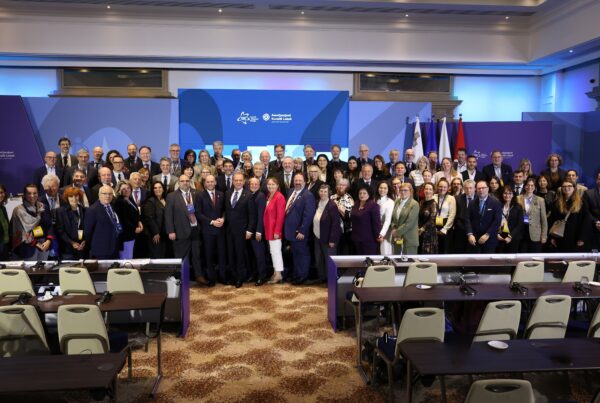CEMR outlines 14 key reforms for a more inclusive, place-based EU policy
As the EU prepares the next programming period, the Council of European Municipalities and Regions (CEMR) is calling for a stronger role for local and regional governments in shaping and delivering cohesion policy.
In a new position paper, CEMR presents 14 key recommendations to improve the way EU funds are managed on the ground, making them simpler, more flexible, and better suited to the needs of Europe’s territories.
Key priorities include:
- A guaranteed budget for cohesion policy to meet EU goals like the Green Deal and the Sustainable Development Goals.
- Stronger partnerships between the EU, national, and local authorities, with clear responsibilities and joint agreements.
- Simpler rules and more flexibility to reflect local realities, especially in rural or less-developed areas.
- Improved access to funding through a “one-stop-shop” system and support for small municipalities.
- A new capacity-building tool to help local authorities manage and deliver EU funds more effectively.
CEMR also warns against replacing grants with loans and calls for more manageable audits and controls, especially for small projects.
Why it matters:
Cohesion policy is a key pillar of EU solidarity, helping to reduce inequalities and support green and social transitions. But local governments often face too much red tape and too little say in how the funds are used.
With these recommendations, CEMR urges EU institutions to design a place-based, inclusive cohesion policy, one that truly works with and for Europe’s territories.
For more information, contact:

Advisor – Territorial Cohesion & Local Finances






